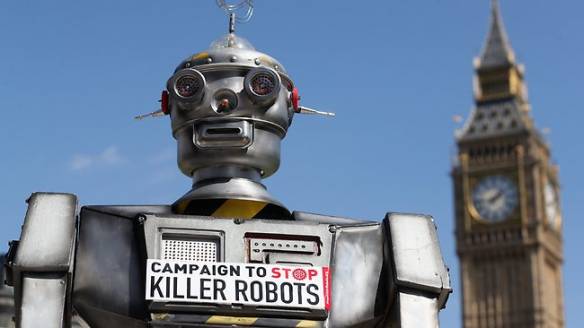
The Campaign to Stop Killer Robots was launched in April 2013 with the objective of achieving a ban on the development, production and deployment of lethal autonomous weapons. In May 2014, the issue will be discussed by a UN expert meeting under the auspices of the Convention on Conventional Weapons (CCW) in Geneva. At this stage, it is inevitable that there will be much debate and discussion over the scope and meaning of any future prohibition. The Campaign is still being shaped, and what will be necessary for its success is that over the next few years a group of states and governments coalesce around a shared understanding of the problems and its solutions.In a new PRIO Policy brief, coming out of the project Critical Humanitarian Technology, I provide a pragmatic theory of humanitarian disarmament and discuss a set of key challenges related to the question of scope – that is, what exactly would be covered by a possible international agreement on lethal autonomous robots. The Campaign must tackle these issues if it is to move from a startup phase and into activism with sustained political impact. In the Policy Brief, titled Defining the Scope of Autonomy, attention is given to the Brimstone, a UK anti-tank weapon and one of the most advanced “fire and forget” missiles in use, whose degree of autonomy is also a matter of some contention.
Read more in the PRIO Policy Brief Defining the Scope of Autonomy.